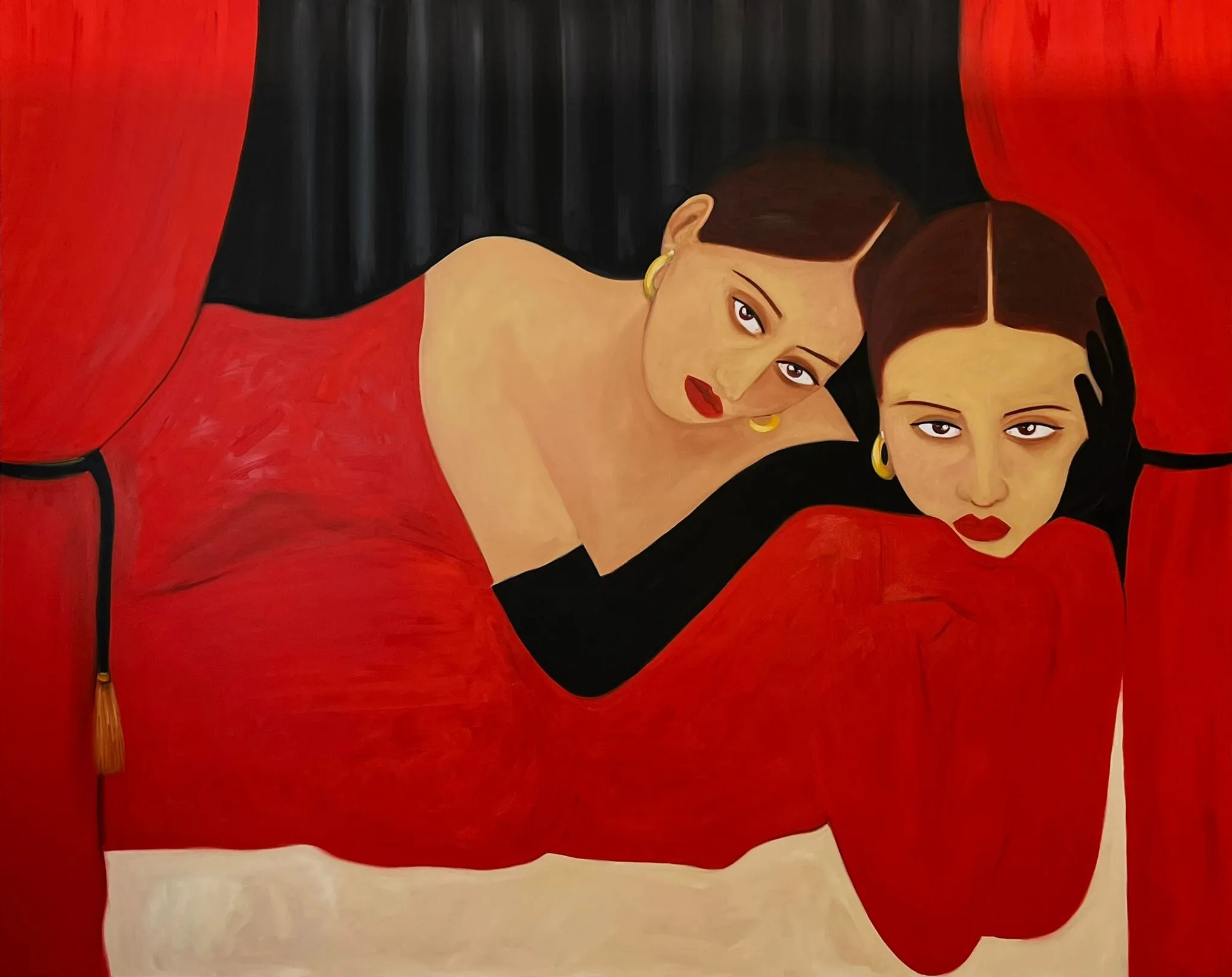quartetoolinda.com – The phrase “Behind the Velvet Curtain” conjures images of mystery, intrigue, and the hidden complexities of life, art, and society. It invites us to explore what lies beyond the facade and delve into the truths that are often obscured from public view. Whether in the realms of entertainment, politics, or personal relationships, the velvet curtain serves as a metaphor for the barriers that separate perception from reality.
The Allure of the Unknown
The concept of the velvet curtain is deeply rooted in the human fascination with the unknown. It symbolizes the allure of secrets and the irresistible draw of uncovering what is concealed. This intrigue is evident in various cultural expressions, such as theater, where the curtain literally conceals the stage before a performance, building anticipation for the reveal.
Historical Context and Cultural Significance
Historically, velvet curtains have been associated with opulence and exclusivity. They have adorned the halls of royalty and the stages of grand theaters, reinforcing the idea of a selective barrier that only a few are privileged to cross. This association with luxury and inaccessibility adds layers of meaning to the metaphor, suggesting that what lies behind the curtain is of great value or importance.
Beyond the Facade
In contemporary discourse, “Behind the Velvet Curtain” often refers to the exploration of hidden truths within various domains. In politics, it might involve uncovering the machinations of power and influence that shape public policy. In the arts, it could mean exploring the creative processes and personal struggles of artists that are not immediately visible in their work.
Conclusion
The metaphor of the velvet curtain continues to resonate because it speaks to our innate desire to understand and uncover the deeper truths of our world. By peering behind the curtain, we not only satisfy our curiosity but also gain insights that can transform our understanding of the world and ourselves.
